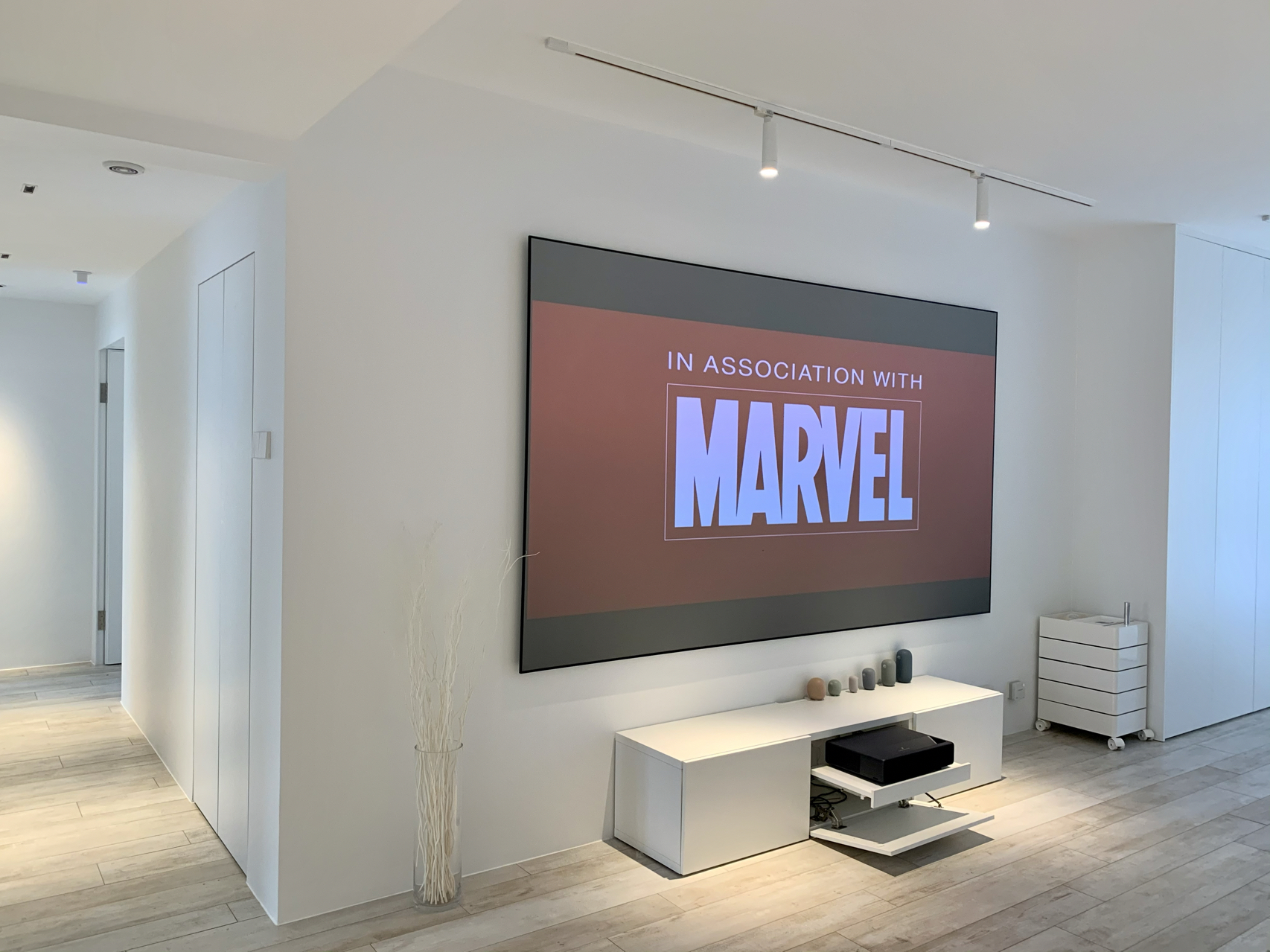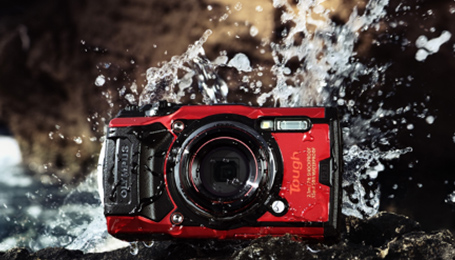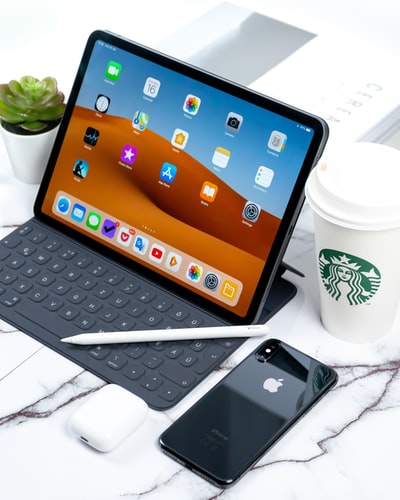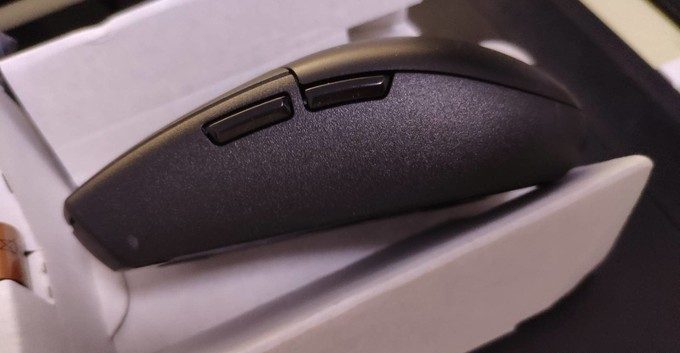Laptops’ series of Lenovo has a very loyal fan group. The laptops usually provide stable performance, great keyboards and long-lasting battery life that make them marvelous, well-rounded machines. The Lenovo also improved its displays lately and attempted to refresh its classic, almost boring design to keep the laptop-Thinkpad looking more modern while maintaining a distinct appearance.
About the design of Thinkpad
it doesn’t seem as if Lenovo had to cut corners on build quality. The Nano seems identical to the X1 Carbon I and feels nearly as light. Whereas, I’m not a scale — according to Lenovo the X1 Carbon (2019) is 2.4 pounds while the Nano comes in at 1.99 pounds. In the mean time, the latest Dell XPS 13 measures 2.64 pounds , while the MacBook Air M1 and the latest HP Spectre x360 13 both weigh 2.8 pounds.
In spite of being such light, the Thinkpad Nano actually is sturdy and exhibited little flex, which makes it so easy to be held and use with one hand as I walked around my apartment multitasking. As every ThinkPad, this laptop reaches strict standards for durability , Thus it is able to survive some rough handling. Personally, I like the matte finish, which is clean-looking for now, though based on the X1 Carbon I’ve had for almost two years this won’t remain pristine forever.
As you guys can see, there are two USB-C Thunderbolt 4 slots and a headphone jack on the left edge, and a power button on the right. That’s it. If you need more connections, you’ll need to invest in a dongle.
What the Nano does have on its keyboard deck is a small fingerprint sensor next to the trackpad, which offers an alternative biometric login in addition to face-recognition via the camera above the display. I like that Lenovo included a physical shutter for the webcam, too. By the way, none of these biometric login options are new to the ThinkPad series.

Then, let us talk about something on display and audio of this laptop
There is one thing that is new with the Thinkpad Nano – its 16:10 aspect ratio, which means its 13-inch display is taller than older ThinkPads and lets you see more at once. I love it — honestly all laptops should go 16:10. You can see more emails, tweets or memes on your screen at once, it’s just better.
The Nano’s display is decent enough. It’s is a 2K panel that supports Dolby Vision for richer colors and tops out at 450 nits of brightness. It’s an improvement over the X1 Carbon (2019), which was dim and lackluster, but not as sumptuous as the Galaxy Book Flex’s QLED screen.
This laptop produced by Lenovo equipped the Nano with a Dolby Atmos speaker system and four 360-degree microphones. This is meant to make it easier for your contacts to hear other people in your room if needed. You can use Lenovo’s specialized software to optimize for when you’re chatting with your parents on your couch and want them to hear your kids gathered around the coffee table, for example. Though none of my coworkers noticed a big difference in how I sounded on our calls, I did find the speakers surprisingly loud.
Lenovo Nano also equips a new presence-detection character that would wake the laptop up when you sit down in front of it so you can unlock it and get back to work quicker. This uses an “ultra-wide band” radar sensor with a 60-degree field of view and generally works well. Companies like HP have provided this trait in their items, however from my testing the Nano’s implementation is the most consistent and easiest to use.
Battery life & performance
Just as we have ever expected, Lenovo Nano is a kind of capable laptop that kept up with my usual workflow of too many Chrome tabs with various messaging and photo editing apps in the background. I also managed to take down an enemy team on League Of Legends with no lag, though since it uses Intel’s Xe graphics card the Nano isn’t great for more taxing games or heavy video editing. It’s nice to see that Lenovo didn’t have to sacrifice performance in exchange for the Nano’s light weight, and the 2.1GHz 11th-gen Intel Core i7 chipset with 16GB of RAM here kept things running smoothly.
In normal work day, the Nano’s battery level declined slowly, leading me to expect it to last pretty long. But once I started playing some videos (and a round of LoL), battery life tanked. On our video rundown test, the Nano’s result of 9 hours and 2 minutes is shorter than most ultraportables we’ve tested. It barely meets the criteria for Intel’s Evo program, which says that qualifying laptops must last at least 9 hours, but that’s based on a Full HD screen.
Although the Nano’s runtime was disappointing, I was pleasantly surprised at how quickly it recharged. Lenovo says its Rapid Charge technology will get you to 80 percent of juice in an hour, which is the compliance with my past experience.





